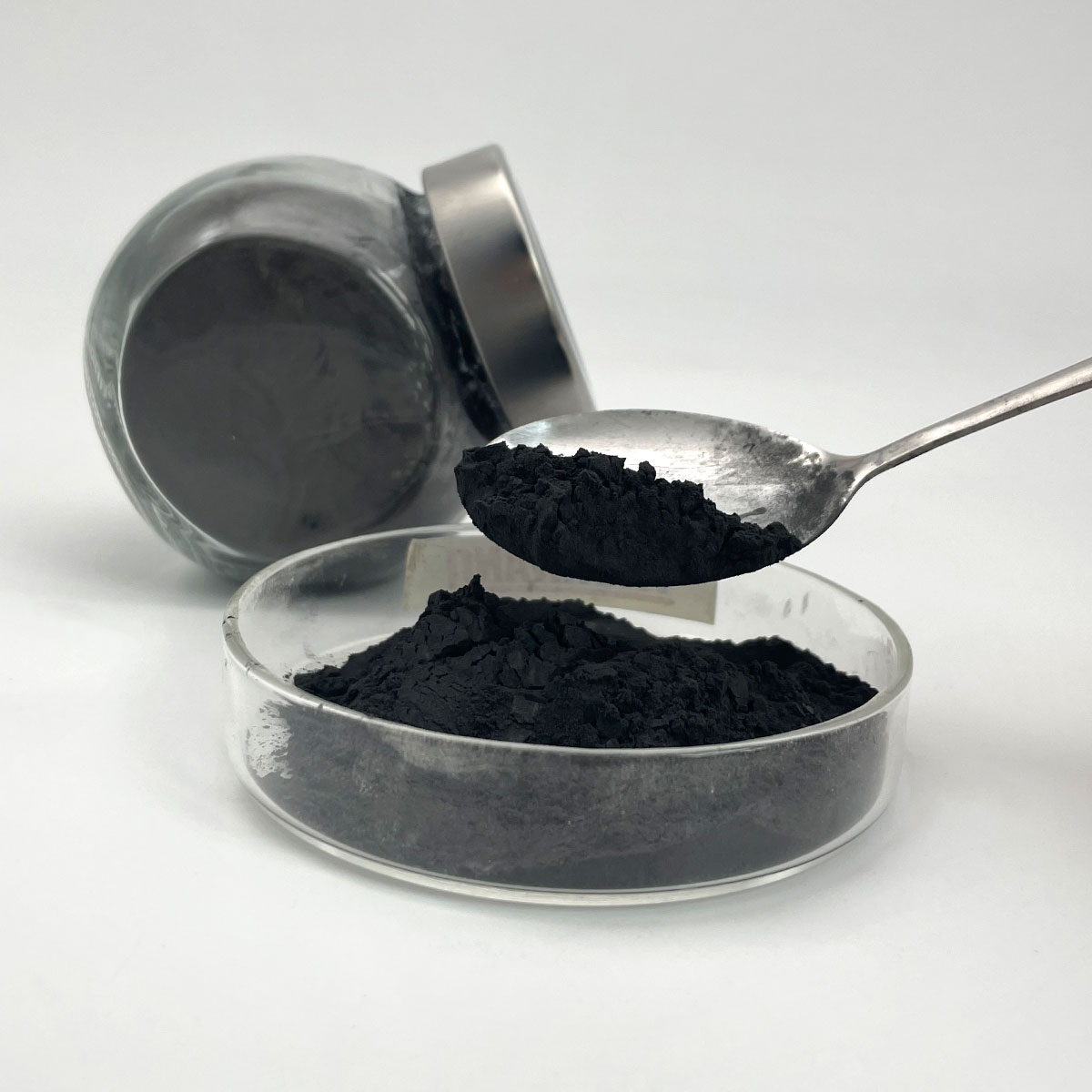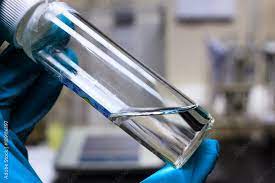Overview of High Ion Charge Cationic Polyacrylamide PAM Polymer
Polymer surfactants, also known as polymeric surfactants or amphiphilic polymers, are high-molecular-weight compounds that combine the properties of traditional low-molecular-weight surfactants with the unique features of polymers. Unlike small molecule surfactants, polymer surfactants offer enhanced stability, improved solubility, and the ability to form more complex structures such as micelles, hydrogels, and vesicles. These macromolecules find applications across a wide range of industries due to their tailored structures and tunable properties, which allow for precise control over interfacial behavior and solution rheology.
Features of High Ion Charge Cationic Polyacrylamide PAM Polymer
-
Molecular Weight and Structure: With a much higher molecular weight, polymer surfactants offer enhanced stability in harsh conditions and over prolonged periods compared to small molecule surfactants.
-
Tunability: The structure of polymer surfactants can be precisely engineered to include different functional groups, monomer sequences, and architectures, allowing for specific interactions and properties.
-
Multifunctionality: Apart from surface activity, they can also provide additional functionalities like thickening, rheology modification, and controlled release capabilities.
-
Self-Assembly: Capable of forming sophisticated self-assembled structures like micelles, hydrogels, and vesicles, which can encapsulate or release active ingredients in a controlled manner.
-
Environmental Compatibility: Many polymer surfactants are designed to be biodegradable and less toxic, making them suitable for eco-friendly applications.
-
Temperature and pH Responsiveness: Some polymer surfactants exhibit responsive behavior to changes in temperature or pH, enabling stimuli-responsive systems.

(High Ion Charge Cationic Polyacrylamide PAM Polymer)
Specification of High Ion Charge Cationic Polyacrylamide PAM Polymer
High Ion Cost Cationic Polyacrylamide PAM Polymer is a water-soluble polymer made for commercial applications. It works as a flocculant to different solids from liquids in water treatment procedures. The product has a high cationic fee density, making it efficient in binding fine bits. This boosts settling prices and reduces sludge volume.
The polymer appears as white granules or powder. It liquifies swiftly in water, forming a viscous option. The molecular weight ranges between 8 million to 15 million Daltons. This permits versatility in changing viscosity based upon application demands. The ionic fee thickness is 10% to 60%, giving solid attraction to adversely charged particles. The product works in pH degrees from 3 to 10, suitable for different water problems. Recommended dosage ranges 0.1 to 5 parts per million, relying on contamination levels.
Main applications consist of local wastewater therapy, industrial sludge dewatering, and mining wastewater processing. In paper manufacturing, it boosts retention of fibers and fillers. The polymer aids in clearing up process water in fabric and coloring markets. It likewise sustains soil conditioning in agriculture by boosting water retention.
Benefits include high effectiveness in solid-liquid separation, decreasing operational costs. The item is secure under severe chemical problems, ensuring constant efficiency. Reduced dose demands minimize waste and handling expenses. It is compatible with many commercial tools, protecting against deterioration or obstructing.
Storage calls for a dry, amazing setting far from moisture. The shelf life is one year when sealed effectively. Usage protective equipment throughout taking care of to prevent inhalation or contact with skin. Comply with local guidelines for disposal and usage.

(High Ion Charge Cationic Polyacrylamide PAM Polymer)
Applications of High Ion Charge Cationic Polyacrylamide PAM Polymer
High Ion Fee Cationic Polyacrylamide (PAM) polymer serves several functional usages across industries. It works well in water treatment. The polymer binds to particles in wastewater. This develops globs that settle or drift for simple removal. It boosts water quality. It decreases damaging materials. Manufacturing facilities and metropolitan plants count on it for cleaner discharge.
The polymer aids sludge dewatering. Waste sludge from treatment processes holds lots of water. Adding this PAM type divides solids from fluids quicker. It reduces sludge quantity. It lowers disposal expenses. Therapy systems run a lot more efficiently with less power.
Mining operations utilize the polymer too. It separates minerals from waste rock during handling. The polymer sticks to mineral bits. This makes them clump for much easier collection. It improves mineral recovery prices. It lowers ecological effect by minimizing waste.
In oil recovery, the polymer enlarges water injected into wells. Thicker water pushes oil toward extraction factors better. It improves oil outcome. It operates in high-temperature or high-salt conditions. Oil areas see longer well life and higher profits.
Paper suppliers apply the polymer to strengthen paper. It binds fibers snugly throughout manufacturing. Paper ends up being more sturdy. It withstands tearing. The polymer likewise keeps ingredients like dyes or fillers. This conserves products. It minimizes wastewater air pollution from paper mills.
Farming benefits from the polymer as a dirt conditioner. Mixed with watering water, it avoids soil crusting. Water soaks right into the ground much easier. Crops get more wetness. It lowers disintegration by maintaining dirt particles together. Farmers use less water. Crop returns improve.
The polymer deals with hard commercial jobs. It adjusts to different pH levels and temperatures. It works in tiny dosages. It is affordable. Industries favor it for dependable performance. Recurring research study broadens its applications. New formulas target particular difficulties.
Company Profile
SurfactantChina is a trusted global chemical material supplier & manufacturer with over 12-year-experience in providing super high-quality surfactant and relative products.
The company has a professional technical department and Quality Supervision Department, a well-equipped laboratory, and equipped with advanced testing equipment and after-sales customer service center.
If you are looking for high-quality surfactant and relative products, please feel free to contact us or click on the needed products to send an inquiry.
Payment Methods
L/C, T/T, Western Union, Paypal, Credit Card etc.
Shipment
It could be shipped by sea, by air, or by reveal ASAP as soon as repayment receipt.
5 FAQs of High Ion Charge Cationic Polyacrylamide PAM Polymer
High Ion Charge Cationic Polyacrylamide (PAM) Polymer is a water-soluble polymer. It is widely used in wastewater treatment, sludge dewatering, and industrial processes. Below are answers to common questions about this product.
What is High Ion Charge Cationic PAM Polymer?
This polymer has a high density of positive charges. The charges help it bind to negatively charged particles in water. It is effective in separating solids from liquids. Industries use it to treat muddy water or sludge.
How does it work in wastewater treatment?
The polymer’s positive ions attract suspended particles like clay or organic matter. This creates larger clumps called flocs. Flocs settle faster or get trapped in filters. This process cleans water quickly.
What industries use this polymer?
Wastewater plants rely on it for sludge dewatering. Paper mills apply it to retain fillers and improve drainage. Mining operations use it to separate minerals from slurry. It is also used in oil recovery and textiles.
What is the recommended dosage?
Dosage depends on water quality and particle concentration. Start with 0.1-1.0 grams per ton of slurry. Test small samples first. Adjust based on clumping speed and clarity. Overdosing wastes product or reduces efficiency.
How should it be stored?
Keep it dry and cool. Avoid moisture or direct sunlight. Store sealed in original packaging. Use within 12 months for best results. Dissolve in water before use. Do not mix with strong acids or alkalis directly.
Is it safe for handling?
Wear gloves and goggles. Avoid inhaling dust. Rinse skin or eyes if contact occurs. It is non-toxic but may irritate sensitive areas. Follow local disposal rules. Do not pour undiluted into drains.

(High Ion Charge Cationic Polyacrylamide PAM Polymer)






